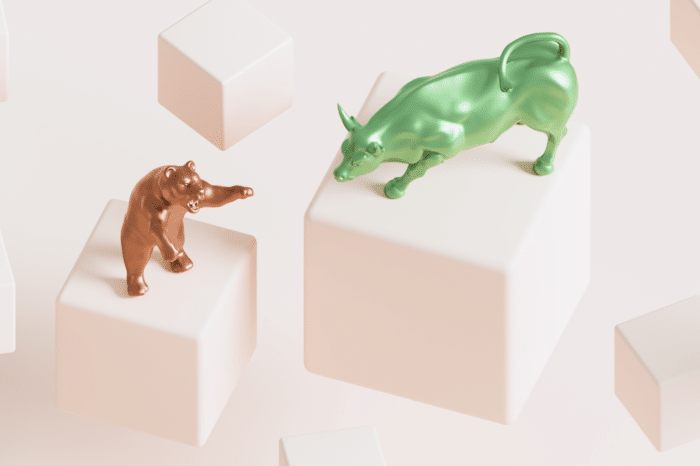COVID-19 Stocks to Save Your RRSP + Forecasts and Facts (Updated)
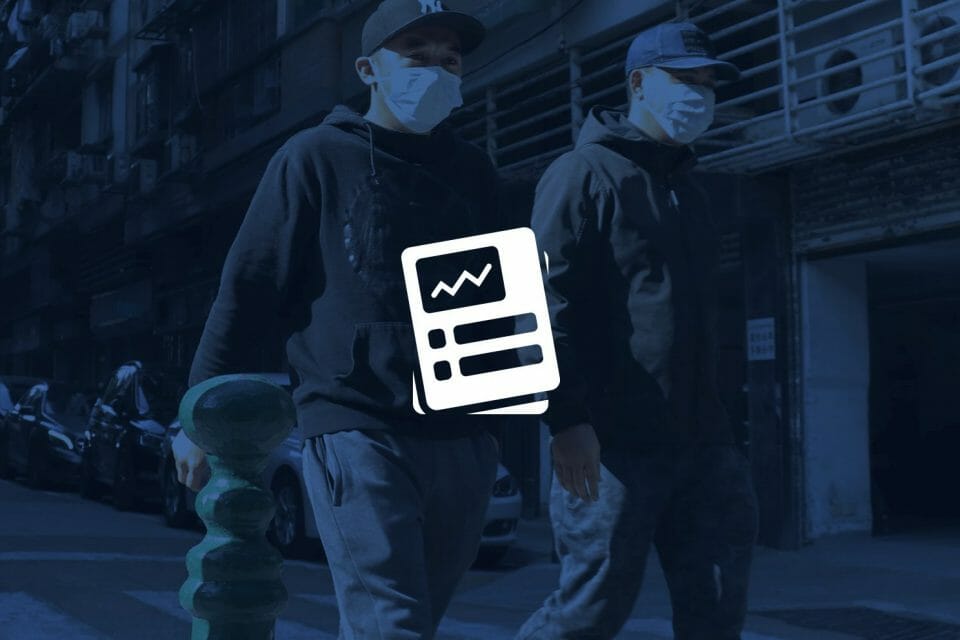
Any investor practising hand–washing and social distancing is keeping his eye on the Big Graph. No, not the 50-day moving average, but the Johns Hopkins live COVID-19 map that tracks the number of new, current and resolved cases country-by-country around the world. In particular, investors are training their sights on the Daily Increase graph nestled (bottom-right) and searching for the the flatline for certain countries.
Flatline
As markets enter April, the flatline is more important than any earnings beat.
As of this writing, Italy is poised to flatline, which is key, because that points to a decline in new cases. Case in point: after March 2, South Korea didn’t so much as flatline, but plunge. That marked decline was a result of their government launching pro-active testing to control the virus. Wisely, Germany has followed the same strategy. Spain, now struggling with the third-most cases in the world, may be flatlining; another few days will confirm this trend. The United States, which stumbled into combating the virus remains a step behind its European peers and likely won’t flatline until sometime in April. The same likely goes with the U.K. As for China, the original epicenter, its graph flatlined during the month of March. Gradually, the world’s other uber-economy is returning to work, including its film and TV sector. The flatline, therefore, is a crucial indicator—along with hourly news of government aid and the launch of rapid-testing kits like Abbott Technologies‘, that indicate how markets will swing on a given day.
After the virus flatlines, cases will decline which will lead to governments ending their nation-wide lockdowns. Again, China is the model, and it appears Italy will follow this pattern in April. Coinciding with the arrival of spring, pent-up consumer demand will flood the world’s economies and end this miserable draught. Expect stocks to rebound at this point, but how far and how fast they recover is an open question.
Covid-19 Stocks – Market Recovery
Consensus puts a market recovery to stretch well into the second half of this year and could vary country by country. Another complication is the November election. Historically, U.S. election years are choppy for markets until polls indicate a likely winner. Add to this another twist: the oil war between Saudi Arabia and Russia that are pushing U.S. shale producers out of business and pressuring oil prices to historic lows.
Given this perfect storm, what the hell do investors do?
The safe money will invest in large caps with strong balance sheets. We’re talking about the Amazons, Apples and Microsofts of the world. They’ve been withstanding the ugly sell-offs and bouncing back on buy days.
The riskier—but possibly lucrative—trade comes in stocks that have been beaten ugly and left for dead. Buying them is like touring Chernobyl. We’re talking oil stocks. WCS dipped to a pitiful US$3.82 on March 30. Could oil possibly fall any lower? Yes. Sooner or later, the oil war and COVID-19 will end, and consumers will be back on the roads in the spring and summer.

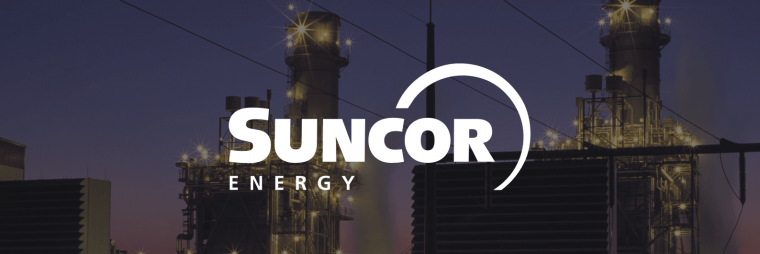
In Canadian oil, the studier names are CNQ and Suncor, both of which Paul Harris feel can ride out this storm and even buy their weaker peers. For Josef Schachter, who has been buying oil stocks, he advises picking up CNQ below $12 and holding onto it. Similarly, Jaime Carrasco advises caution when buying half an entry tranche of Suncor now and the other later. He targets $40 for Suncor. Michael Sprung feels Suncor will survive, but perhaps not its dividend.

As with oil, travel won’t disappear, and it will flourish in the warm, hot months ahead. I’m still bearish about cruiselines, expecting vacationers to long remember horrific news stories of passengers stranded on these floating petri dishes and avoid them (astonishingly, it’s still happening). The American airline industry will fare better, but still take several quarters to recover. At least businesspeople will resume flying. However, travellers will come back and Booking Holdings will remain the biggest online vacationing retailer and its various brands will benefit from the revival of consumer travel. Analyst Stan Wong advises layering in and not diving head-first though.
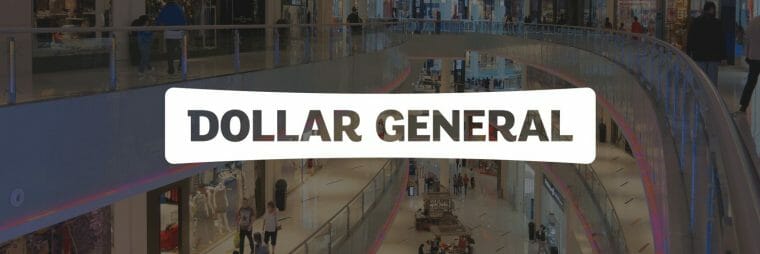

Lastly, with reduced wages and high unemployment, dollar stores should benefit from strong demand from consumers who need staples at the lowest-possible prices. The go-to names here are Dollar General in the States and Dollarama in Canada. The latter has vastly outperformed the TSX in the past month at 1.29% vs. -17.7%, though Dollarama’s high PE (currently almost 23x), gives Christine Poole pause. Both are defensive names and still attracting consumers during during this lockdown.
In the meantime, stay calm and stay home.
Previous Market Coverage of Covid-19 Stocks
Today, we continue Stockchase’s coverage of the COVID-19 Stocks (aka Coronavirus Stocks). Canadians are living in wartime: massive disruptions to work and life, everyday routines paused and uncertainty. Investors are watching markets on many falls fall and bounce in wild 5-10% swings, and feel like they’re visiting Chernobyl whenever they open up their trading accounts.
Do I sell? 💲
Buy? 🛒
Where’s the bottom? ⬇
How long will this last? There are no easy answers, but all wars end, and the COVID-19 pandemic and COVID-19 Stocks Opportunities will eventually end too.
In the meantime, protect yourself and loved ones by washing and social distancing.
China COVID-19 Stocks Recovery
Watch China’s recovery. 👀
China is gradually bouncing back while the number of cases continues to rise in Europe and the United States. (Italy has overtaken China with the most deaths, likely from having the oldest population in Europe.) In contrast, China is not reporting any new native cases.
In a dramatic reversal, China’s cases are now coming from abroad, and authorities are vigilant about screening these imports.
China is over the hump and now its economy is re-awakening.
Bloomberg estimates 85% of economic activity has returned, excluding Hubei province, the epicentre of COVID-19. More and more factories and workplaces are getting “back to normal,” though people are working at a slower pace.
Around 70% of key export and import firms have resumed work, with production capacity hovering above 70%. As expected, restaurants and services lag at 60%, and nearly half of consumer companies don’t have enough cash to survive the next six months. China’s economy still has a ways to go, but its progress offers hope to the West.
COVID-19 Stocks on the North American Markets
Meanwhile, North American markets continue to experience volatility.
For the first time, investors are following the rate of new cases, particularly in the United States, instead of quarterly earnings. As of market close Monday, March 23, the S&P has fallen nearly 35% since its Feb. 19 peak as western governments hurl stimulus and slash interest rates to keep capital flowing through the veins of the economy like pints of freshly donated blood. Based on what I’ve read from various financial analysts (and not social media), I can’t see markets falling much beyond 40% and certainly no more than 50%, which was the trough of the 2008-9 recession 11 years ago. This week, the U.S. Will release jobless numbers on Thursday, and it’s an open question whether the market has already priced in a brutal jump in claims or not.
CAP REIT and Canadian REITs as COVID-19 Stocks

If you have a rainy day fund, now’s the time to dip into it.
Those with a long-term investment horizon–and still have some dry powder left after the initial stock sell-off–can peck away at stocks that haven’t been this cheap since the November 2016 U.S. election. Fears of Canadians being unable to pay their rent sent CAP REIT plunging 15% today and making a new 52-week low. It closed at $37.85, a stunning fall from $61.29 just three weeks ago.
It had been outperforming the market, and its crash has raised its meager dividend yield to 3.22%. Short-term, CAP REIT will probably remain under pressure, though they could change if Prime Minister Trudeau announces relief for renters. But looking long-term, after Canada recovers from COVID-19, apartment demand will rebound, given the shortage of rentals in Canada, and CAP REIT should bounce back accordingly.
BAM

Similarly, Brookfield Asset Management (“the BAM”) held out until Monday when it plunged 14%. Strong management and fine assets make this a confident, long-term buy. On Monday, it closed at nearly half its 52-week high of $90.72, but with a dividend paying 1.73%, it’s not for income investors.
Amazon and Netflix
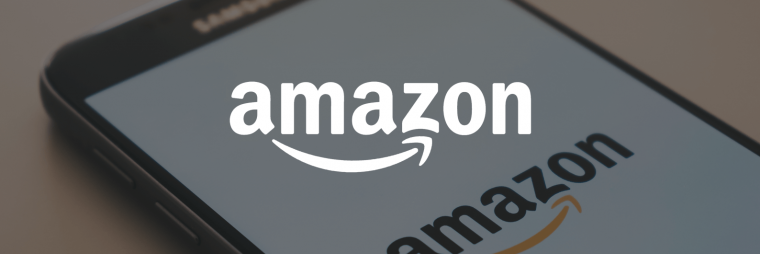
With people staying home, Amazon and Netflix are rallying. A month ago, Amazon was only $100 higher than its Monday close of $1,902.83. Netflix has shed only $10 in the past 30 days, too, closing Monday at $360.27. The math is simple: as long as North American and Europeans self-quarantine, these will be steady-eddys or climbers.
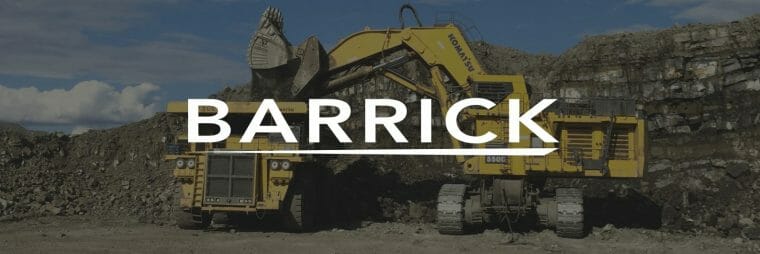
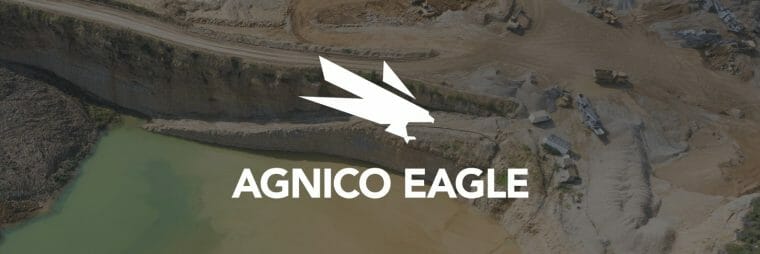
Gold and Silver
Meanwhile, gold and silver stocks continue to leap, as investors flock to safety like birds in a storm. But are the shiny rocks a slam dunk. The charts of two of the biggest mining stocks, BarrickGold and Agnico Eagle show a 16-21% drop in the past month and their own share of volatility. I’m no gold bug, so I offer a caveat if you’re considering this space.
Cash
Finally, if don’t feel comfortable picking away at anything now, just hold onto your cash. Cash remains king.
COVID-19 Stocks and Coronavirus Q&A
This is our 5th COVID-19 Stocks post, we called them Coronavirus Stocks posts until today. We previously wrote about the Coronavirus Selloff, the Stocks to Buy or Avoid and built a full list of questions and answers about the Coronavirus Market Scare. We also have our mega list of Coronavirus Stocks opportunities.
Don’t worry. Things will change.
(Zen)
When?
COVID-19 & Investors
Investors are trained to be rational and suppress their emotions. Unless you need the money now, I don’t suggest selling, even as the TSX and Dow plunge 10% like it did yesterday. Instead, hold—and hold your nose if you look at your stocks.
Better yet, keep an eye on your investment horizon and know that markets will recover as they did starting in March 2009, when it also looked like the world was ending.
How do I protect myself from COVID-19?
Wash your hands with soap or a hand sanitizer. Sneeze and cough into your sleeve. Do not shake hands. Keep a distance from others. Stay home, if you are sick. More information.
How deadly is COVID-19?
The virus can kill and it is infectious. However, most people recover. As of this writing (March 16, evening), 7,330 have died worldwide, but 80,236 have recovered, based on this live map by Johns Hopkins University.
Further, the virus claims older victims, based on data supplied by the CCDC (China’s Centre for Disease Control, dated March 5). Those older than 70 make up only 12% of cases, but account for 50% of deaths. In contrast, the fatality rate below age 50 is only 1%. South Korea has one of the lowest fatality rates, while Italy’s is 10 times higher. One reason is age. According to a 2015 U.N. report, 28.6% of Italy is 60 or older, while South Korea is 18.5%.
Why is testing so important?
Another reason for the disparity between South Korea and Italy is testing.
As of March 8, South Korea’s rate of testing for COVID-19 was 3,692 tests per million, while Italy’s stood at 826/million. That is why the White House and top U.S. medical officials and the Democrats both announced immediate, widespread testing in the States. Testing will identify those who carry the virus so they can receive medical care, yet reassure those who don’t, who in turn can get on with their lives.
When will there be a COVID-19 cure?
Stage one trials on humans began yesterday, March 16, in the U.S. Also, a breakthrough came last Friday when Toronto’s Sunnybrook Hospital announced it had isolated the virus, which will help lead to a vaccine. Now, scientists know what the enemy looks like. That said, it could a few months or a year to develop a vaccine. Until then, take precautions as noted above.
When will COVID-19 Stocks & Markets hit bottom?
As of this writing, Toronto and New York indices have plunged 30% from their peaks.
Yesterday, the DOW plunged 12.93%, its worst one-day loss ever.
The 2008-9 recession saw markets plummet 50%. It’s anyone’s guess, but I haven’t heard any analyst I know or in the media project lower than 50%. After yesterday’s closing bell, Goldman Sachs warned clients that the S&P could bottom at 2,000 by mid-year, which means a 41% plunge from record highs set only last month.
Based on what financial analysts I’ve read and heard and from those I’ve spoken to, I agree that we will bottom at 40%, but I won’t guess when. It comes down to one metric: the number of new cases, particularly the in the U.S. If American new American cases start declining, then investors will regain confidence and markets will bounce sharply. Europe and North America are now locking down and launching widespread testing.
The incubation period for the virus is two weeks, so I expect cases to increase—and pressure stocks down, but testing, public lockdowns and and public awareness to self-isolate should help contain the spread of COVID-19 after March. Keep an eye on new cases.
In what sector should I pick my COVID-19 Stocks to buy?
If your horizon is several years and you’re a buy-and-hold investor (not a trader) then consider utilities, REITs, payments, consumer stables and biotech stocks.
Utilities: With long-term contracts guaranteeing revenues and a growing ESG movement, names like Algonquin Power (Ross Healy loves this stock) will maintain their earnings and strong dividends.
REITs: Apartment demand will remain strong in markets like Vancouver and Toronto, regardless of the outcome of COVID-19. CAP REIT has had a tremendous run, and hasn’t fallen much during this brutal bear market. However, I can’t recommend mall REITs as strongly, as consumers stay home and buy on e-commerce.
Payments: Visa and Mastercard have performed relatively well, not falling as far as the benchmarks during most days, yet spiking higher on buying days. Because consumers are staying home, the overall number of purchases will take a hit this quarter (despite online shopping), but I expect pent-up demand to coincide with the warm spring weather that will come. In other words, I expect cases to level off in the U.S. and markets to bounce back.
Consumer staples: Cinemas, basketball games, even restaurants and bars are closing for the next few weeks, but grocers will remain open and are seeing long line-ups as people stock up on goods. Since Friday, Loblaw has soared $10 and is spiking 7% to almost $70 as I write.
Biotech: Actually, it’s a little late getting into this space and it’s bit of a lottery to pick which company will be the first to bring a proven COVID-19 vaccine to the world. That said, Regeneron is as good as any. Partnering with France’s Sanofi, Regeneron just announced it’s testing an anti-COVID-19 drug in 16 U.S. cities.
What COVID-19 Stocks sectors should I avoid?
Oil: The oil shock. Period.
Cannabis: Would have been down without the virus.
Travel (cruiselines): Hotels and airlines will be massacred this quarter, but once the rebound comes, businesspeople will travel and folks will vacation. If you hold hotels or airlines, keep holding. However, travelers won’t rush back to cruiselines, because they’ve proven themselves to be floating petri dishes of bacteria.
(Disclosure: I own Algonquin Power and Visa.)

